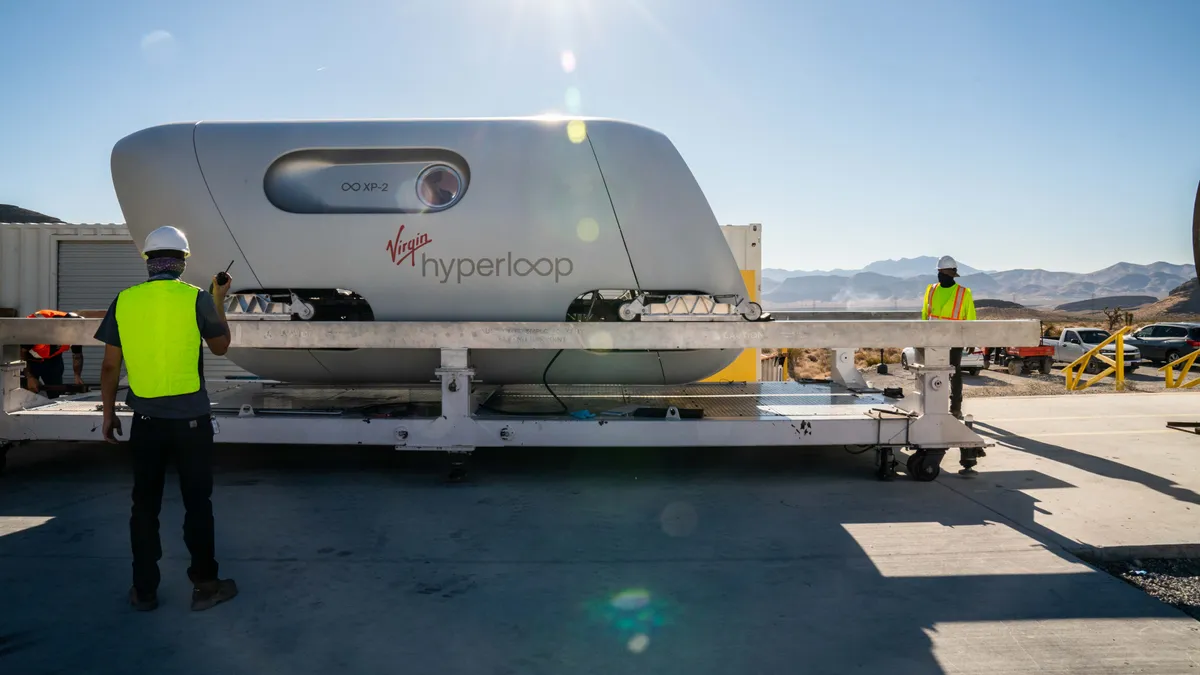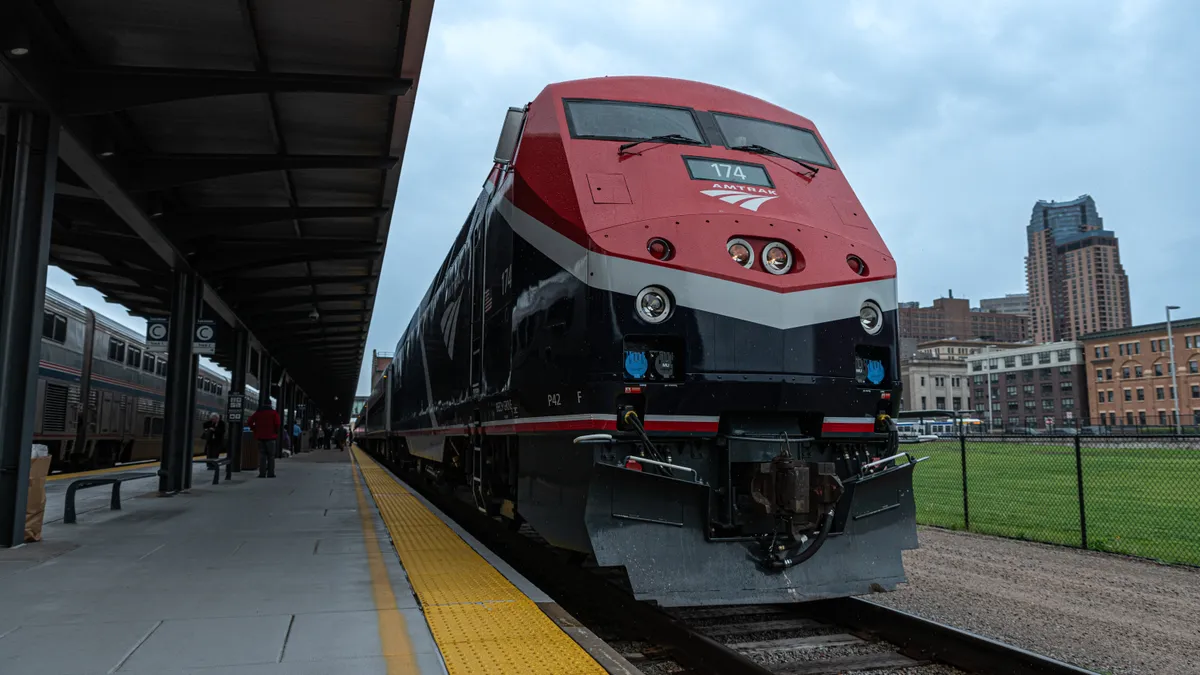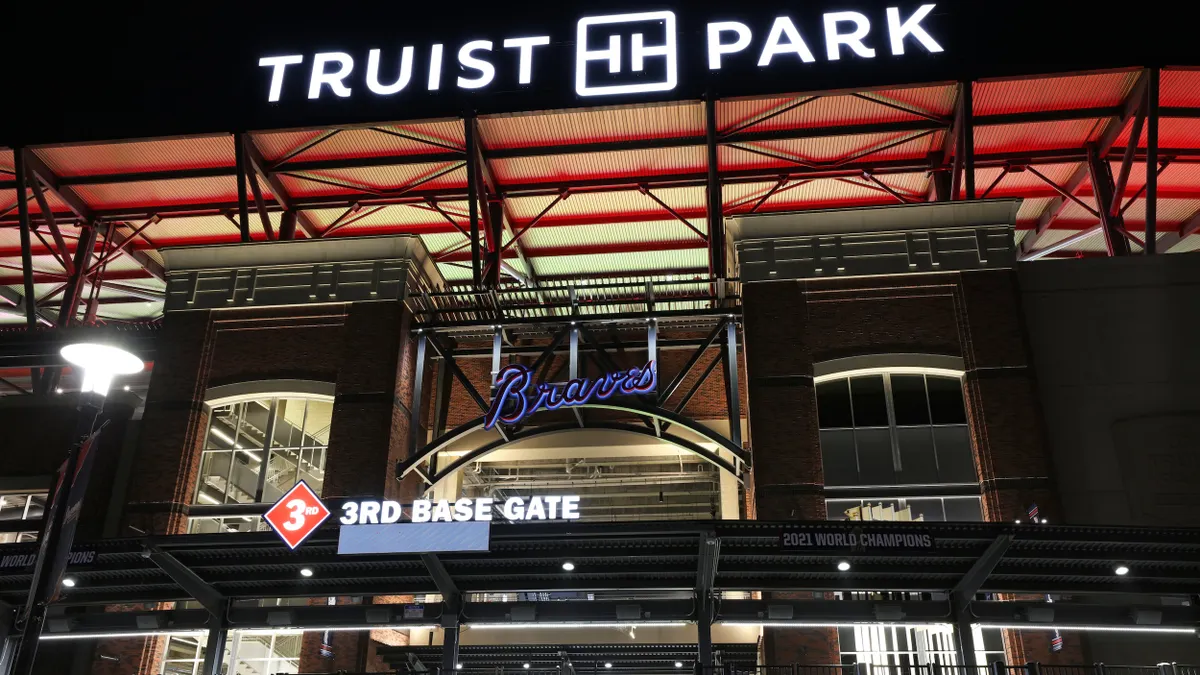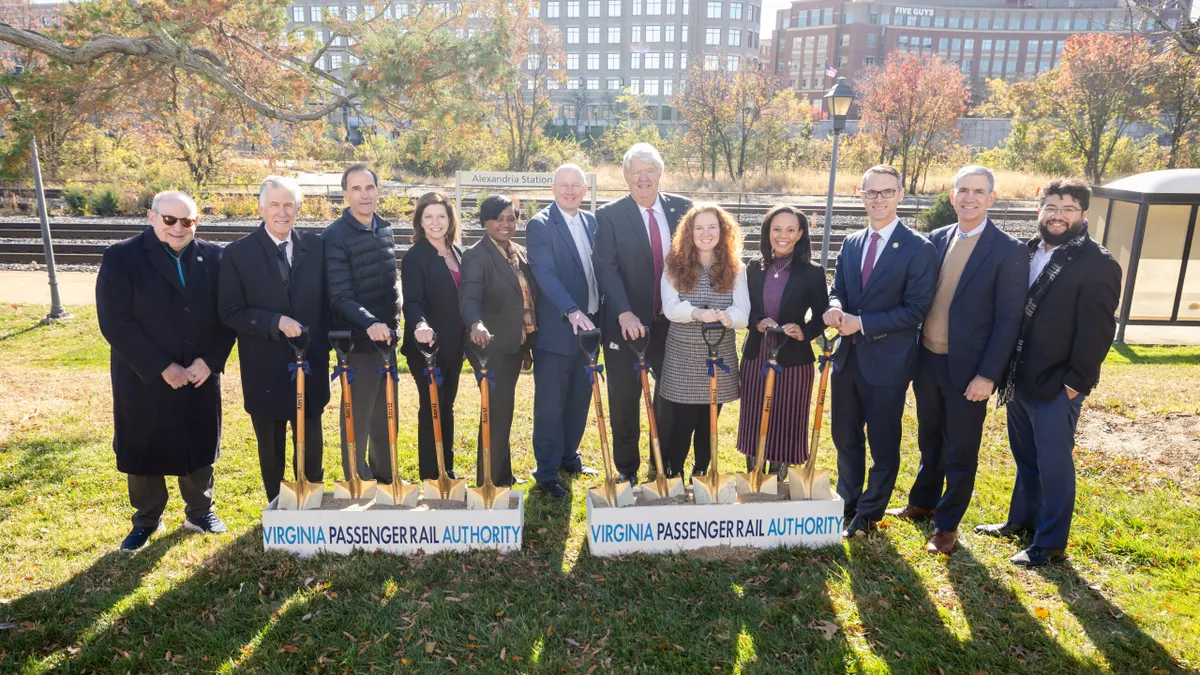Emerging rail technologies got their chance to shine in a congressional hearing last week, but countering them were calls to invest in Amtrak and existing rail service.
Advocates for various new travel modes — including hyperloop and maglev, some of which are still years away from becoming reality — urged greater federal investment during the second half of a hearing before the House Transportation and Infrastructure Committee's Subcommittee on Railroads, Pipelines and Hazardous Materials.
While some elected officials received them with excitement, they came up against Amtrak leaders advocating for increases in its funding, saying Amtrak is a proven service that can improve further with more infrastructure maintenance.
"In nearly every nation, conventional rail service is the foundation for the development of successful high-speed rail service," Amtrak CEO William Flynn said.
The promise of new rail services
Representatives from Virgin Hyperloop and Hyperloop Transportation Technologies (HyperloopTT) both told the subcommittee of the promise of their technology, which they said could mean travel between cities in minutes, reduced congestion and a more connected country.
Hyperloop is close to being a reality, they said. Josh Giegel, Virgin Hyperloop's CEO and co-founder, noted that the company has tested its service with passengers, which no other company has yet done. Virgin Hyperloop also announced last year it would build a testing and certification center in West Virginia.
Giegel said with the Federal Railroad Administration (FRA) having jurisdiction over hyperloop's safety and other features, putting federal dollars towards the technology would be a "sound investment."
"We have a real opportunity at this moment to Build Back Better when it comes to our nation’s transportation system, and we can do this in part through a U.S.-based hyperloop company creating American jobs," Giegel said. "Federal funding supporting hyperloop would be a down payment on a faster, cleaner, more efficient transportation system connecting communities in ways not possible with existing modes."
HyperloopTT CEO Andres De Leon echoed those calls for federal money for hyperloop and said a grant program could help accelerate its deployment across the U.S.
"Establishing a new hyperloop grant program that would support further research and development, feasibility studies, environmental analysis and other preconstruction activities would go a long way to improve transportation and commerce while spurring business growth and job creation across the country," he said.
But witnesses touting hyperloop were vague on when the service can expect to start. Under questioning from Rep. Seth Moulton, D-Mass., De Leon said that while hyperloop is "ready to build," he did not have a specific timeline, except to say a three-year construction project would be ready to go "as soon as we have the funding available." Moulton, who has supported giving high-speed rail a boost of federal money, said the repeated promises being made around hyperloop are "very impressive."
Hyperloop companies were not the only ones promoting new rail technologies. Wayne Rogers, chairman and CEO of Northeast Maglev, testified that maglev train service that relies on magnetic levitation could mean 15-minute trips between Washington, D.C. and Baltimore and one-hour trips between Washington and New York City, with trains operating at 311 mph.
Like the hyperloop advocates, Rogers called for more federal funding for maglev in a bid to make it a reality in the United States. The FRA provided the Maryland Department of Transportation with $27.8 million for preliminary engineering and environmental analysis, and with the private sector having invested over $120 million, Rogers said, the federal government must invest more to help that analysis progress.
With Japan and other countries deploying maglev technology in their trains, Rogers said its use can help the United States stay competitive on the world stage.
"Despite the tendency of some to label Maglev an 'emerging technology,' the SCMAGLEV is a fully proven system," he said.
Amtrak's Flynn criticized maglev, saying it would "benefit only a small number of affluent travelers" given the expense of building it. He said building an entirely new system, whether it be hyperloop, maglev or anything else, is unrealistic.
"While Amtrak strongly supports development of new high-speed corridors, we can't focus only on the dream of funding and constructing a large number of them from scratch, which is not going to happen soon enough to meet the near-term need for more passenger rail service or take a chance that new technologies will eventually prove viable," he said.
Calls to improve existing service
Countering the hyperloop and maglev support were calls to improve existing rail service, especially Amtrak, which has been a cornerstone of President Biden’s American Jobs Plan. The infrastructure proposal calls for investing $80 billion to address Amtrak's maintenance backlog, as well as to fund modernization and corridor improvements.
Amtrak estimates that its highly trafficked Northeast Corridor between Washington, D.C. and Boston needs more than $38 billion just to reach a state of good repair. The agency also urged investment in various tunnel and bridge projects, as well as station redevelopment. Flynn said Amtrak should be a funding priority.
"If we focus myopically on the development of dedicated high-speed rail lines, or on new technologies that share most of their characteristics, we will not tap intercity passenger rail's potential in the many locations around the nation where it can play a meaningful role," he said.
Supporters of other rail services said they would not look to undercut Amtrak’s ridership, instead calling their efforts supplementary. The Northeast Maglev is aimed primarily at those who do not already take the train to and from Washington, D.C., Rogers insisted.
"Amtrak will still continue to carry millions of passengers," he said. "Northeast Maglev is not targeted as competition with Amtrak, rather [it] is complementary and focused on the 94% of passengers that still utilize their automobile for corridor travel."
With Amtrak last month celebrating its 50th anniversary, transportation labor leaders said the service will be crucial in helping the United States recover from the coronavirus pandemic.
"We need to think about what Amtrak will look like — what it could be — in 50 and 100 years from now. As we recover from the COVID-19 pandemic and look to the future, building out this carrier and expanding services will be key to the short- and long-term success of America," Greg Regan, president of the AFL-CIO's Transportation Trades Department, said in a statement marking the anniversary.
Rep. Marilyn Strickland, D-Wash., the vice chair of the subcommittee, looked to strike a compromise between existing service and futuristic alternatives. Other countries developed high-speed rail in concert with conventional and commuter rail service, she noted, rather than just by making a series of one-off investments.
"We need a holistic framework that uses all types of modes of rail," Strickland said.





















